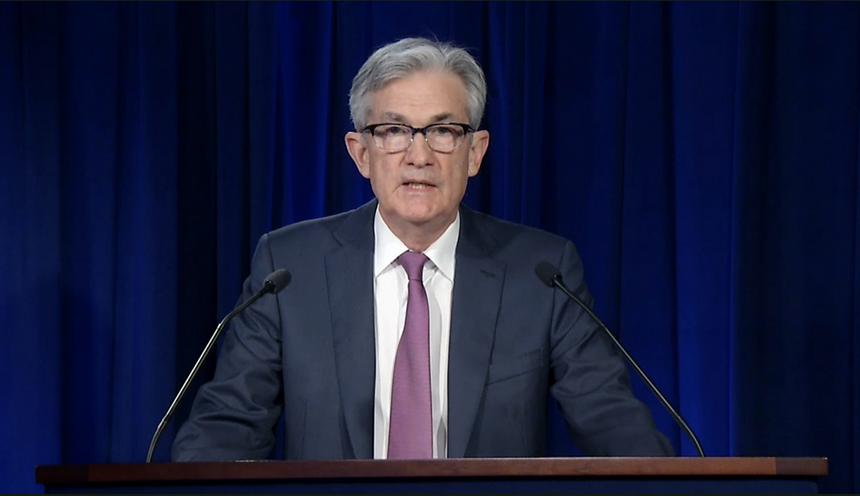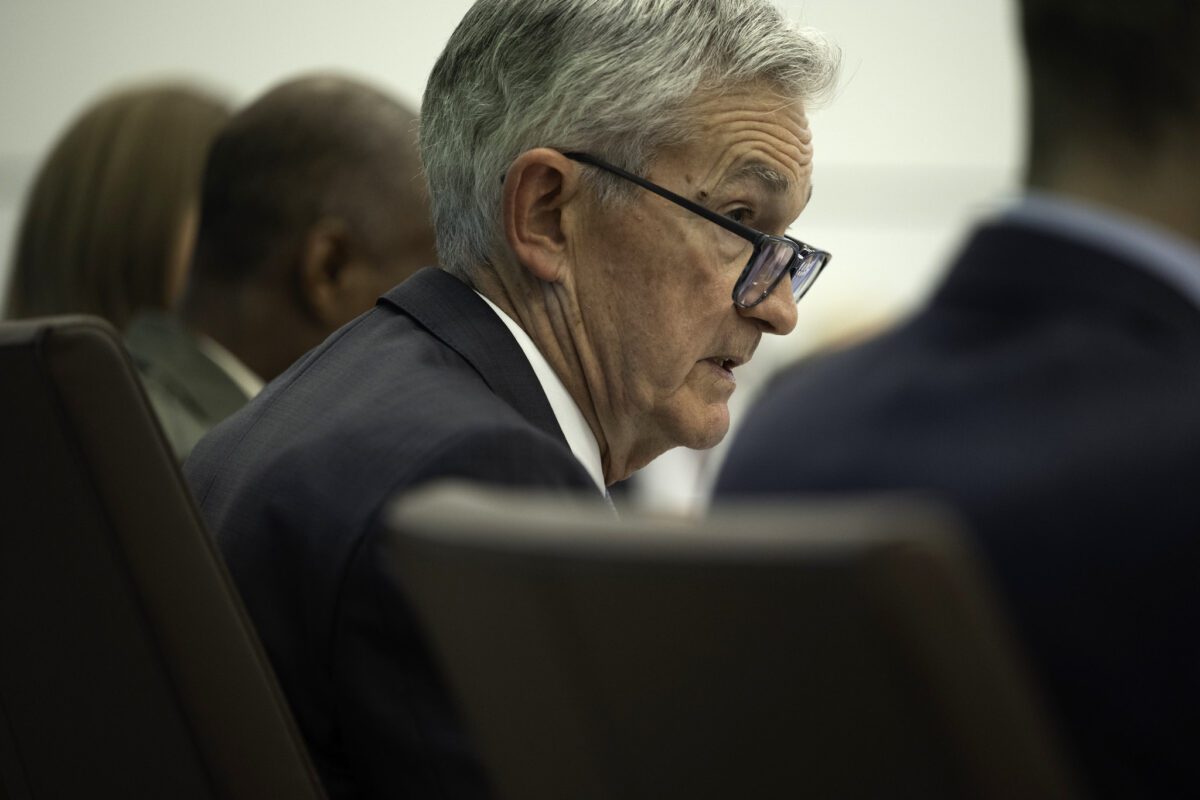Die Bank of England hat soeben entschieden den Leitzins von 5,00 % auf 5,25 % anzuheben. Dies entspricht den Markterwartungen. Die Entscheidung im Notenbankrat fiel mit 6 gegen 3 Stimmen!
Hier das Statement der Bank of England im Wortlaut: The Committee’s updated projections for activity and inflation are set out in the accompanying August Monetary Policy Report. These are conditioned on a market-implied path for Bank Rate that rises to a peak of just over 6% and averages just under 5½% over the three-year forecast period, compared with an average of just over 4% for the equivalent period at the time of the May Report. The sterling effective exchange rate is around 4% higher than in the May Report.
Underlying quarterly GDP growth has been around 0.2% during the first half of this year. Bank staff expect a similar growth rate in the near term, reflecting more resilient household income and retail sales volumes, and most business surveys over recent months. Some more recent indicators show signs of weakening, however, including the July S&P Global/CIPS UK composite PMI.
The labour market remains tight but there are some indications that it is loosening. The LFS unemployment rate rose to 4.0% in the three months to May, somewhat higher than expected in the May Report, and the vacancies to unemployment ratio has continued to fall, although the latter still remains above historical averages.
Annual private sector regular pay growth increased to 7.7% in the three months to May, materially above expectations at the time of the May Report, and three-month on three-month growth in this measure of pay has picked up further. Earnings growth is nevertheless expected to decline in coming quarters, to around 6% by the end of this year, although there is uncertainty around this near-term outlook.
Twelve-month CPI inflation fell from 8.7% in May to 7.9% in June, lower than expected at the time of the Committee’s previous meeting. Within this, core goods and services CPI inflation were both lower than expected, although the downside news in the latter, which is more likely to be informative about persistent inflationary pressures, was much smaller. Compared to the May Report projections, June CPI inflation was in line with expectations.
CPI inflation remains well above the 2% target. It is expected to fall significantly further, to around 5% by the end of the year, accounted for by lower energy, and to a lesser degree, food and core goods price inflation. Services price inflation, however, is projected to remain elevated at close to its current rate in the near term.
In the MPC’s August most likely, or modal, projection conditioned on market interest rates, CPI inflation returns to the 2% target by 2025 Q2. It then falls below the target in the medium term, as an increasing degree of economic slack reduces domestic inflationary pressures, alongside declining external cost pressures. The Committee has decided in this forecast to bring some of the upside risks to inflation from persistence into its modal projection, pushing up on this inflation projection in the medium term relative to the May Report.
The Committee continues to judge that risks around the modal inflation forecast are skewed to the upside, albeit by less than in May, reflecting the possibility that the second-round effects of external cost shocks on inflation in wages and domestic prices take longer to unwind than they did to emerge. Mean CPI inflation, which incorporates these risks, is 2.0% and 1.9% at the two and three-year horizons respectively.
The MPC’s remit is clear that the inflation target applies at all times, reflecting the primacy of price stability in the UK monetary policy framework. The framework recognises that there will be occasions when inflation will depart from the target as a result of shocks and disturbances. Monetary policy will ensure that CPI inflation returns to the 2% target sustainably in the medium term.
Recent data outturns have been mixed. However, some key indicators, notably wage growth, suggest that some of the risks from more persistent inflationary pressures may have begun to crystallise. At this meeting, the Committee voted to increase Bank Rate by 0.25 percentage points, to 5.25%.
Given the significant increase in Bank Rate since the start of this tightening cycle, the current monetary policy stance is restrictive. The MPC will continue to monitor closely indications of persistent inflationary pressures and resilience in the economy as a whole, including the tightness of labour market conditions and the behaviour of wage growth and services price inflation. If there were to be evidence of more persistent pressures, then further tightening in monetary policy would be required. The MPC will ensure that Bank Rate is sufficiently restrictive for sufficiently long to return inflation to the 2% target sustainably in the medium term, in line with its remit.
Kommentare lesen und schreiben, hier klicken













